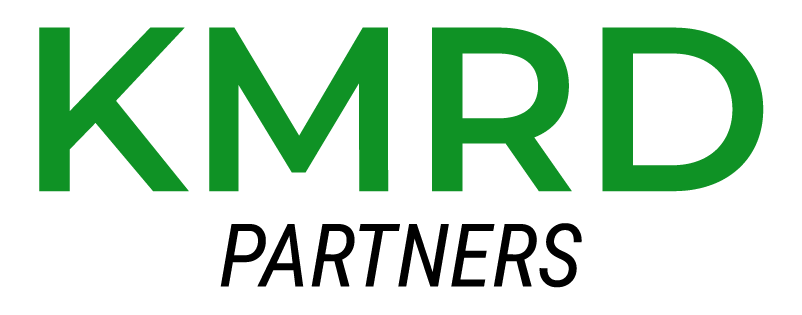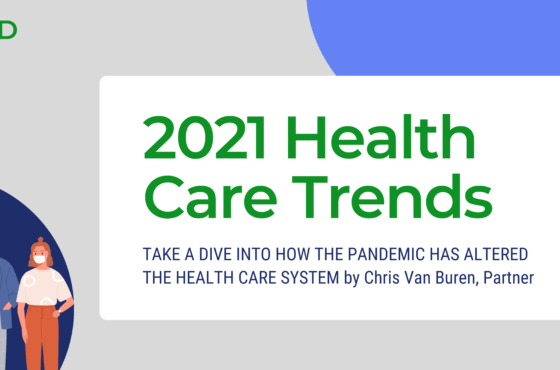How a Consumerism Strategy Can Improve Healthcare Benefits and Control Costs
By John E. Garber, Jr. MSHRD, SPHR, SHRM-SCP, Managing Director
According to the Kaiser Family Foundation, employee deductibles for health insurance have increased 67 percent from 2010 to 2015. A 2016 Employer Health Benefits Survey indicates a PPO (Preferred Provider Organization) Plan remains the most common plan type in 2016, enrolling 48%, however, “29% of covered workers are now in a high-deductible plan with a savings option”. For 2017, nearly 85% of large employers will be offering a high-deductible plan with a large percentage of employers choosing to make it the only choice for coverage.
Participation in high-deductible health plans with a savings option grew by 2.3 million enrollees between 2014 and 2015. Small and middle market organizations are now moving toward high-deductible benefit plans. A rare choice benefit plan design option is now becoming the new norm.
While there appears to be a projected stabilization of the medical growth rate for 2017, larger increases are expected in the future. Consequently, organizations continue to grapple with offering an effective health insurance plan while at the same time balancing costs along with the potential impact on talent management. Consumerism based strategies can help control costs and engage employees in making informed decisions around their healthcare.
The important thing to remember is a consumerism approach requires a strategy.
High deductible plan options should not be simplistically viewed as a simple product change like switching out the Point of Service (POS) Plan for an HMO. Doing so ignores the impact to employees. You should develop a program to support the successful integration of a high-deductible, consumerism based approach.
A consumerism based strategy is an approach to healthcare where an employer adopts a high-deductible health plan, combines it with a tax-advantaged savings option, and creates a culture which fosters greater empowerment for employees to make effective healthcare purchasing decisions. Through information and decision support tools as well as incentives, the objective is to have employees more health conscious, adopt healthier lifestyles and have greater participation and awareness around the true cost of healthcare. Let’s face it, decades of paying modest co-pays has desensitized us to the true cost of healthcare.
Your consumer based strategy should address the following four key elements:
FORMAL PLAN
Develop a formal strategy and plan which includes a timeline for change, a process of collaboration with employees concerning the cost of healthcare, a focus on healthy lifestyles, wellness and work-life effectiveness along with a structured communication strategy. Identify realistic short-term, mid-term and long-term goals. Involve your trusted benefits partner in mapping out the strategy and working with your leadership team in facilitating implementation of the strategy.
EDUCATION AND COMMUNICATION
An organized process for providing education and communication is necessary to explain the concept of consumerism and how high-deductible plans work. In addition, employees need to understand basic concepts in financial management and how high-deductibles are funded (e.g. how the company is going to participate in funding deductibles). Education and communication plans should involve regular and routine information delivered across a wide spectrum of methods including lunch-and-learns, company YouTube channel, online information, formal workshops, brochures and one-on-one coaching.
Regular and routine involvement of your broker consultant/trusted advisor is essential in supporting your strategy. The benefits world is full of “alphabet soup” and complex terminology. Information and decision support tools need to be integrated into the program.
WELLNESS AND DISEASE MANAGEMENT
A consumerism based strategy must include wellness and disease management programs. Wellness and health promotion programs are designed to improve employee’s health. The challenge is having a positive long term effect on healthy behavior/behavior change. This is no easy task. It’s not instant pudding. It takes time.
In conjunction with a wellness program, an organization should integrate a disease management program. It is important to promote health and reduce costs for employee with chronic conditions. Those with chronic conditions have greater financial burdens with high-deductible plans. Develop incentives to encourage and reward active participation in wellness and disease management. It is an investment of time and financial resources for both the organization and employee.
TAX ADVANTAGED PLANS
Incorporate a tax advantaged savings option as part of the overall funding strategy. The most common savings option is the Health Savings Account (HSA). Think of it as the “401k to healthcare”. Employees can elect a pre-tax payroll deduction for deposit into an account which can be later used to pay for qualified medical expenses. Employers may also contribute to the account. The account is owned by the employee; funds are non-forfeitable and can roll over from year to year until age 65.
The high-deductible health plan must have a minimum deductible and there are IRS limitations on how much you may contribute to the HSA. However, in combination with wellness and disease management plan participation, employers have an opportunity to partner with employees in building a financial safety net for health related expenses.
Other funding strategies include the use of a Health Reimbursement Arrangement, which is an account established by an employer, is employer owned, and distributions are made only when qualified medical expenses are incurred. The employer has the option to write the plan document to permit rollover of the allocation or use the beginning of each year as a “reset”.
Have KMRD design a consumerism strategy for your organization
Establishing a consumerism based benefit strategy should be based on a collaborative partnership between an employer and its employees. There are a myriad of issues which need to be analyzed prior to adopting a consumerism based approach. An organization’s talent management, business and HR strategies must be key discussion points. With proper analysis, strategy and support, a consumerism based benefit plan can be an effective approach toward empowering employees concerning their healthcare and healthcare costs.
The KMRD Human Capital Solutions advisory team brings significant experience in human capital and is uniquely qualified to analyze, design, build, and implement client-focused human capital solutions which improve an organization’s ability to attract, retain and motivate talent. Contact us below to review your organization’s total rewards strategy with a KMRD Advisory Services expert.
Contact UsDiscuss Your Consumerism Strategy With John Garber
Note: This content is provided as general background information and should not be taken as legal advice or financial advice for your particular situation. Make sure to get individual advice on your case from a KMRD risk professional before taking any action.




